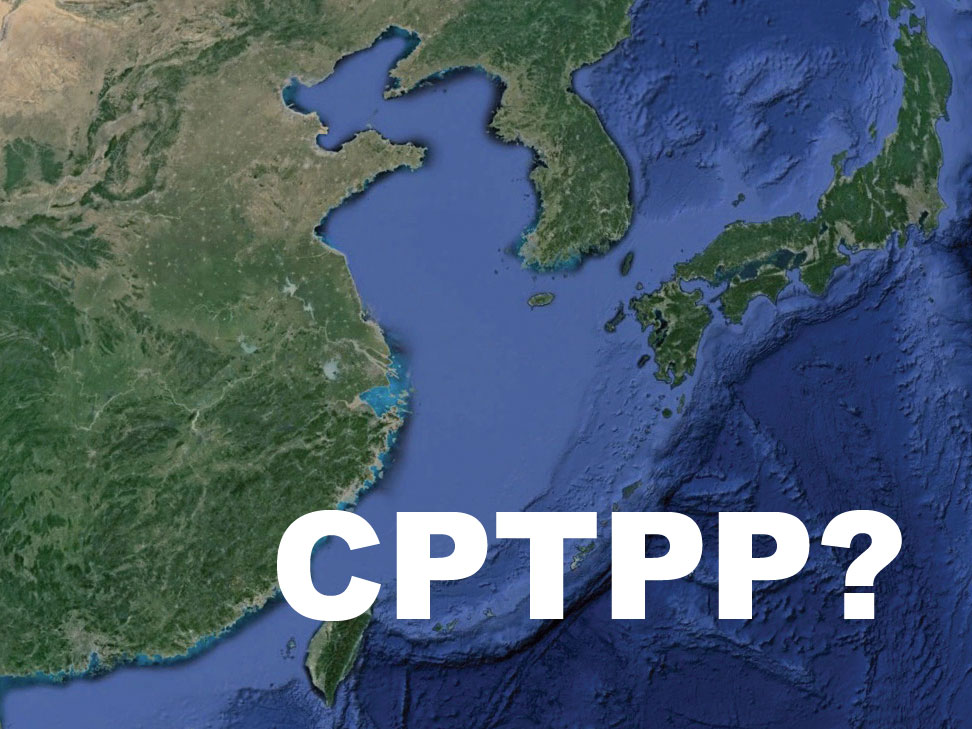Welcome back…not so fast.
In April 2018, 15 months after he pulled the United States out of the Trans-Pacific Partnership, former President Donald Trump reportedly ordered the U.S. Trade Representative to look into the possibility of rejoining the accord. After Trump provoked a trade war with China, he may have concluded what President Joe Biden already knows—that the U.S. could use a few allies as it seeks to curb a would-be dominant China in the Asia-Pacific region.

It’s unknown whether Trump’s move to rejoin TPP was at all serious—of course, it never came to fruition—but now that Biden is president, the issue may once again be on the agenda. (See main story.) Whether the CPTPP-11 would re-welcome the U.S. back in the fold is also an open question. It appeared at the time that CPTPP members were not enthused by Trump’s overture, but things have since changed.
The eleven remaining TPP members have since concluded their own separate deal, now called the Comprehensive and Progressive Agreement for Trans-Pacific Partnership (CPTPP). CPTPP doesn’t have the same juice absent the U.S., but it’s still a significant free-trade area, the world’s third largest behind NAFTA and the European Union, with a population of 500 million people and over 13% of global trade.
CPTPP was based upon the original TPP, but it cut or curtailed 22 measures which were urged on the agreement by the U.S. These provisions have been “suspended,” and the use of that word presumably signaled that the CPTPP-11 might be willing to reinstate them in some form if the U.S. were to rejoin the agreement.
IP Law and Order
The suspended provisions include the intellectual property chapter, which provided stringent requirements for technological protection measures (TPMs) and longer periods for medical patents and copyright protection. Even without those, the CPTPP’s IP chapter represents the world’s most advanced trade standards on intellectual property, providing substantial protection to companies from having their innovations stolen when operating in other countries.
Among the provisions that remain in the CPTPP, many, such as those addressing state-owned enterprises, digital trade, and labor, were also based on U.S. proposals. “These rules,” wrote Wendy Cutler, a former USTR negotiator, in an article in Axios, “provide an important alternative to the state capitalism model offered by China.”
Joining the CPTPP could provide an alternative to negotiating a separate bilateral trade deal with the United Kingdom. The UK’s Prime Minister Boris Johnson recently floated the notion of the UK joining the CPTPP. Former Japanese Prime Minister Shinzo Abe is on record at the time as saying his country would welcome the UK into the group, perhaps a positive omen should the U.S. seek to rejoin.
Above all, unless and until the U.S. joins the CPTPP, U.S. manufacturing, agricultural, and services exporters will not enjoy the tariff cuts that others in the group now have and will continue to operate at a disadvantage in the 11 Asia-Pacific markets.




